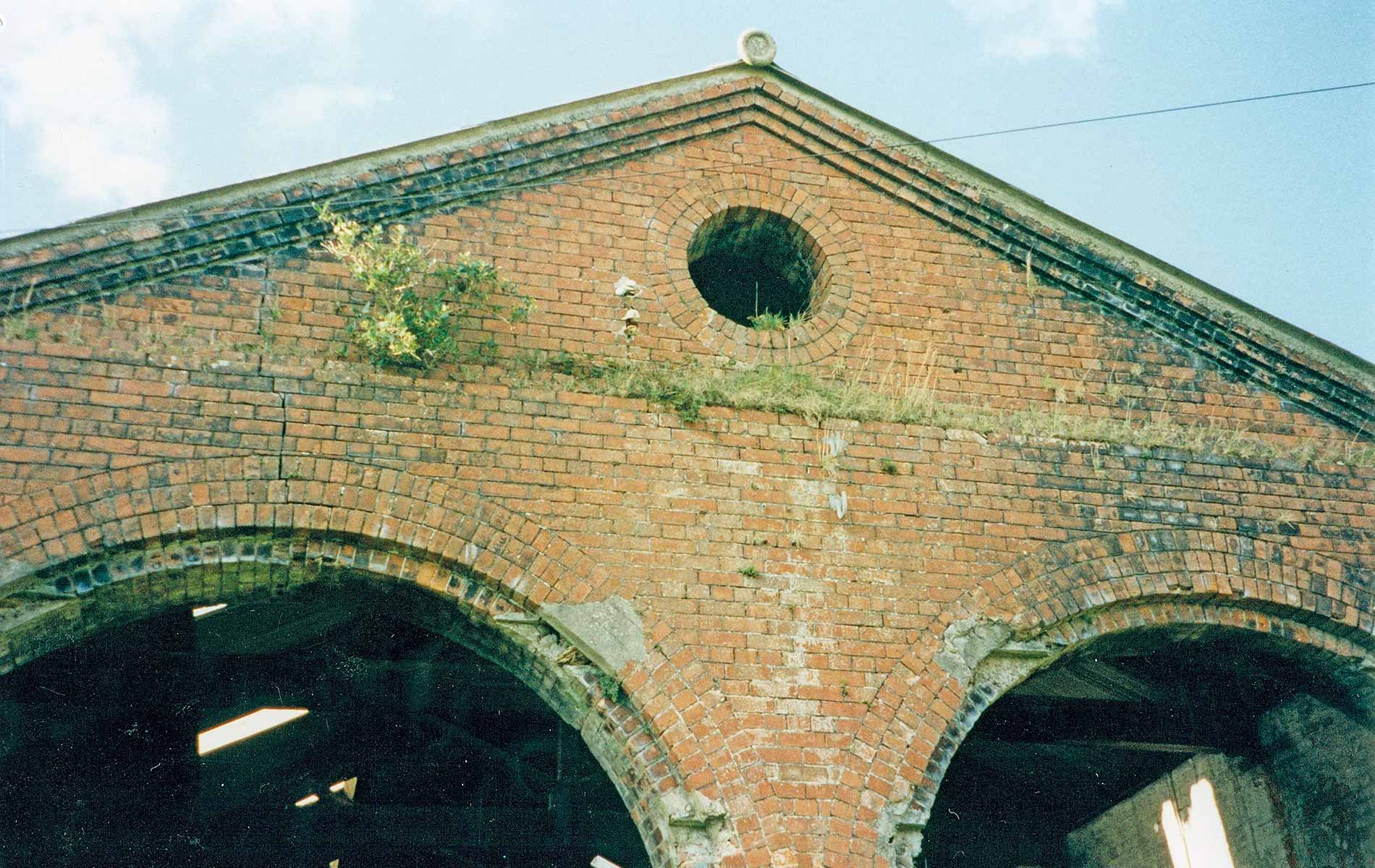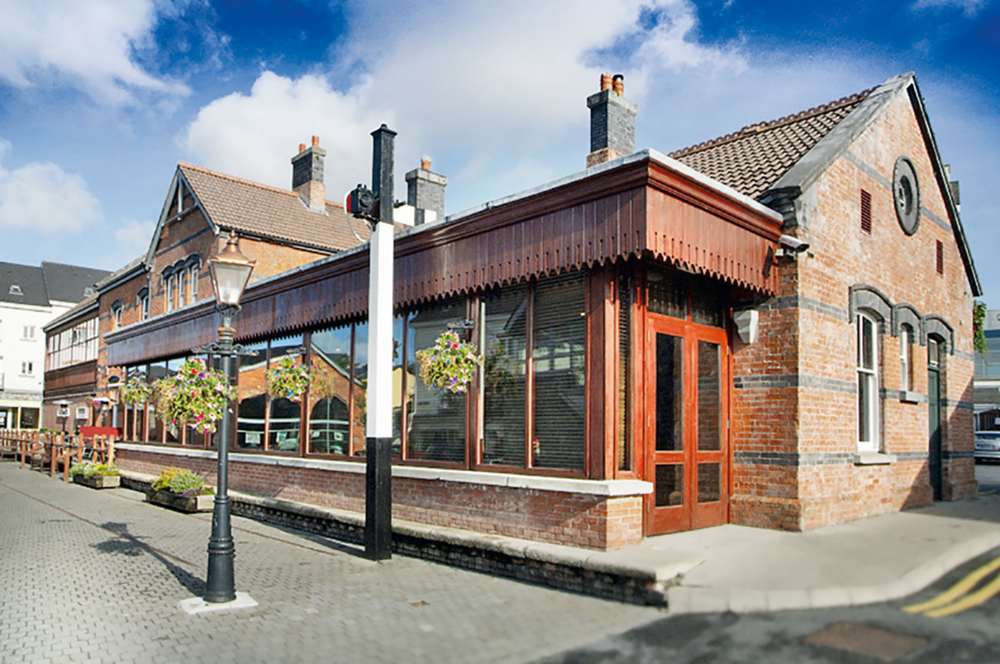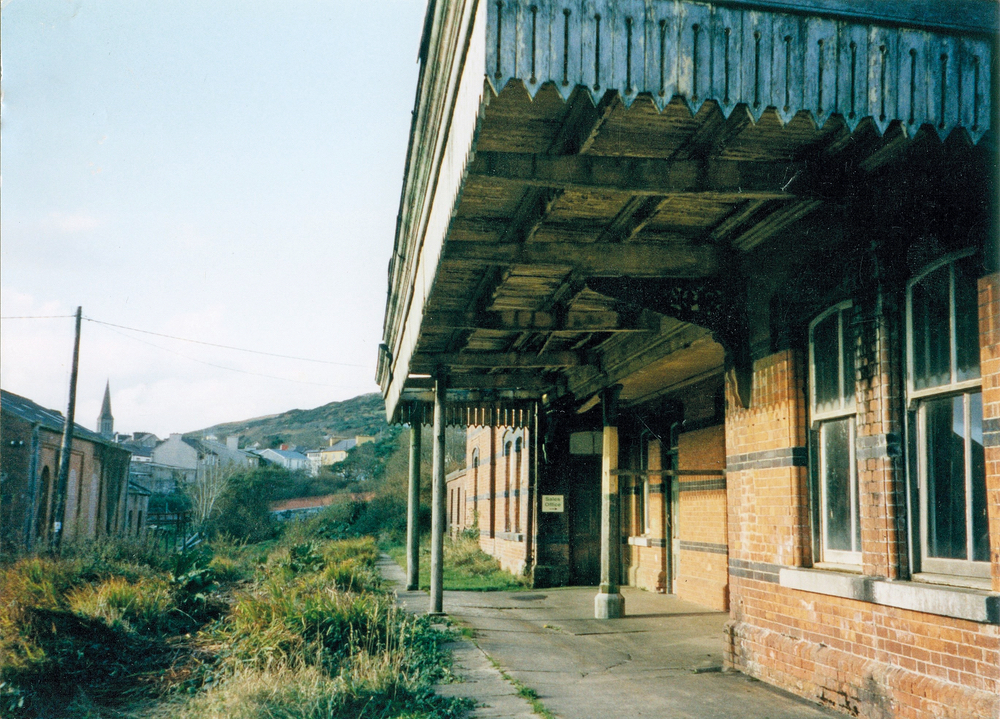
vie-magazine-connemara-life-clifden-station-house-hero
To the End of the Line
The Roads and Rails to Connemara
The Clifden to Galway Railway Line 1895–1935
By PK Joyce
The original trail route from Clifden to Galway meanders through some of the most spectacular scenery western Ireland has to offer, but the polarising isolation of Connemara’s many lakes, rivers, and mountain ranges spurred the need to build the original railway track in 1891. With an ever-growing population, the need for better transport infrastructure to service the region became a priority.
In 1885 a public meeting in Galway town agreed that a railway would have a major impact on the economy and well-being of Connemara’s inhabitants. The build itself would guarantee a substantial jobs windfall for the duration of construction, and the export potential from the area’s fisheries would have major economic benefits for impoverished coastal fishermen. Local agricultural and livestock production and trade could be greatly enhanced with access to larger markets.
A number of initiatives to build a rail line fell through before the Midland Great Western Railway (MGWR) won the contract to build and run the service in 1889. Construction of the line began in early 1891 and eventually saw a nearly seventy-eight-kilometre track laid between Galway and Clifden through the villages of Moycullen, Ross, Oughterard, Maam Cross, Recess, and Ballynahinch.
The first official train journey took place on 1 January 1895 when specially invited guests and dignitaries took the short journey between Galway and Oughterard. Clifden first saw the arrival of a train from Galway on 1 July 1895. However, in the following decades—despite major investment by the MGWR—the railway failed to become profitable. The company attempted to concentrate on tourism as a major source of income for the line, but a change in governing policy and resulting financial loss forced the Clifden Station to close on 27 April 1935 after the last train departed.

Clifden Station House
By Treena and John Sweeney
‘Closed to steam in 1935 … Opened to discerning guests in 1998!’
With the closure of the rail line in 1935, public road transport took over the vital role of delivering Connemara’s goods and services. The land through which the line passed was repurposed by locals for farming, while the steel tracks were lifted and sold as scrap metal. Rumour has it that the steel was used in the making of munitions used in World War II. The closing of the railway left the old station buildings to be repurposed, and they are now home to some of Clifden’s most prominent businesses. The area has been revitalized for both locals and tourists to enjoy.
The railway buildings and site became home to Millars Connemara tweed mills, once the largest employer in the area. Millars produced their world-famous tweed there until the mill ceased manufacturing in the mid 1990s.
In 1998, local businessman John Sweeney saw potential in the unused former Clifden Station buildings. In the following years, he undertook and completed a huge development and restoration project, which included the establishment of one of the area’s most popular accommodations, the Clifden Station House Hotel.

Clifden Station House, now nearing its twentieth birthday, has evolved as a major tourist destination in the west of Ireland. The old stationmaster’s house is now home to a bar and restaurant specialising in quality cuisine made from the freshest local ingredients. The hotel features a railway theme and incorporates many of the station’s original features, including the old railway platform. It makes for the perfect spot to enjoy your morning coffee.
The Station House Hotel, the first hotel to be built in Clifden in thirty years, also features a new structure built in the style of a traditional railway utility building. It houses an eighteen-metre heated swimming pool, sauna, steam room, Jacuzzi, and gym, as well as the Renew Spa by Rose Greene. The property earned a White Flag Award for Spa and Leisure for 2010–2011.
The old engine house is now a museum with a particular emphasis on Clifden’s history. Exhibits detail the area’s connections with the development of the Marconi wireless radio, pioneering pilots Alcock and Brown’s transatlantic flight, Clifden founder John D’Arcy, and the majestic and lovable Connemara pony.
The ‘Goods Store’, one of a number of the historical and listed buildings in the Station House development, has been carefully transformed into a two-hundred-seat, state-of-the-art theatre and cinema. Clifden Station House Theatre is one of the town’s premier entertainment halls, hosting many events, concerts, and performances year-round.
The Station House courtyard is a vibrant shopping and dining destination with fabulous boutiques including Ohh! By Gum, Design Platform, Millars Connemara, Hedz Hair Salon, and Steam Coffee House.
Clifden Station House is an ideal centre for exploring Connemara and all its famed attractions. It’s a fantastic example of old-world Ireland being thoughtfully restored into comfortable, homely surroundings full of history and character.
—V—
Share This Story!
KEEP UP WITH THE LATEST STORIES FROM VIE
















































































































































